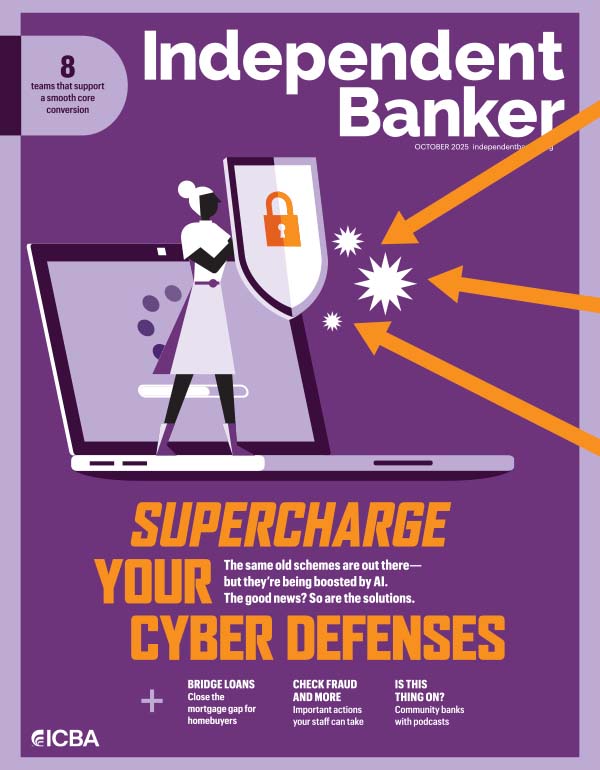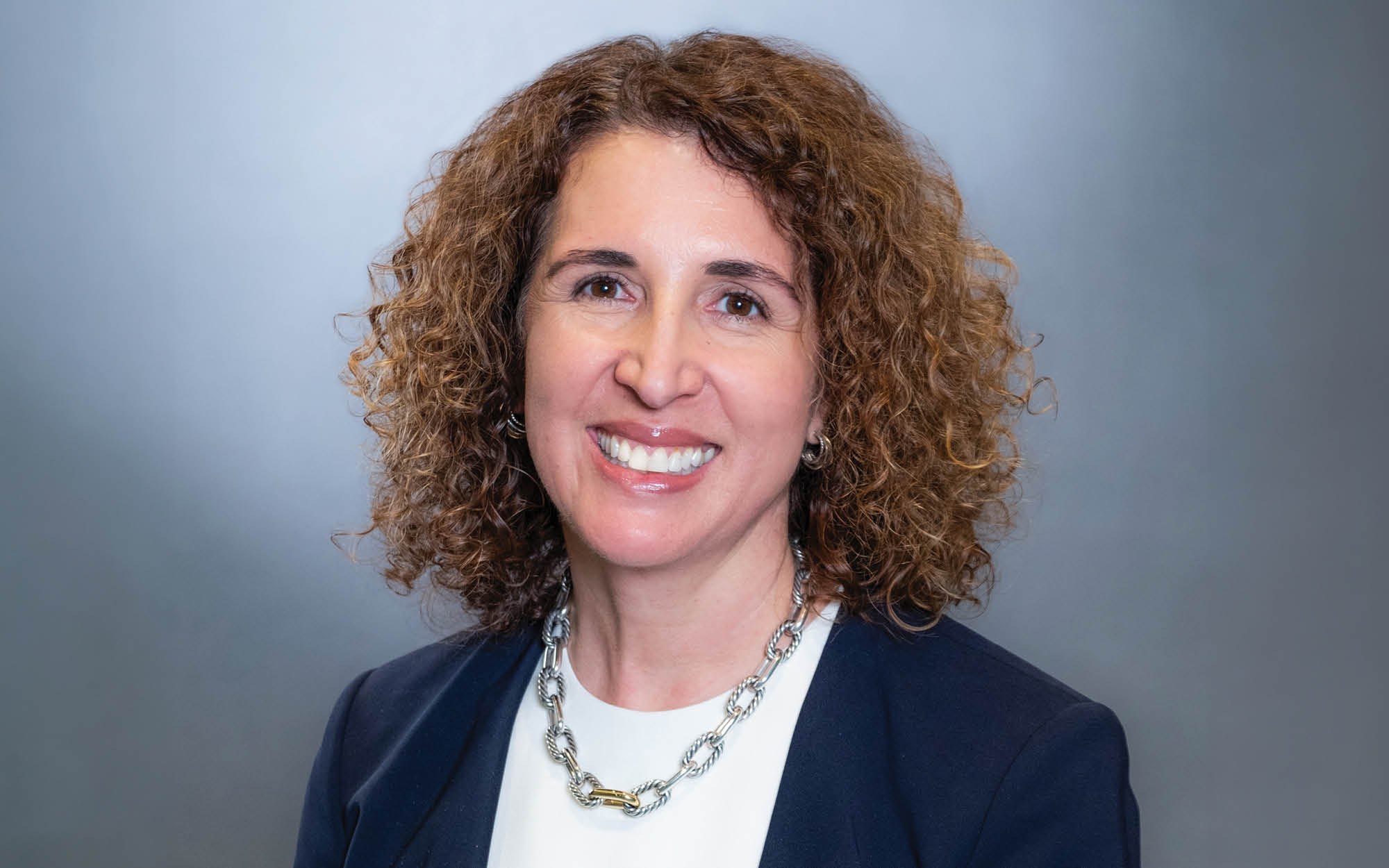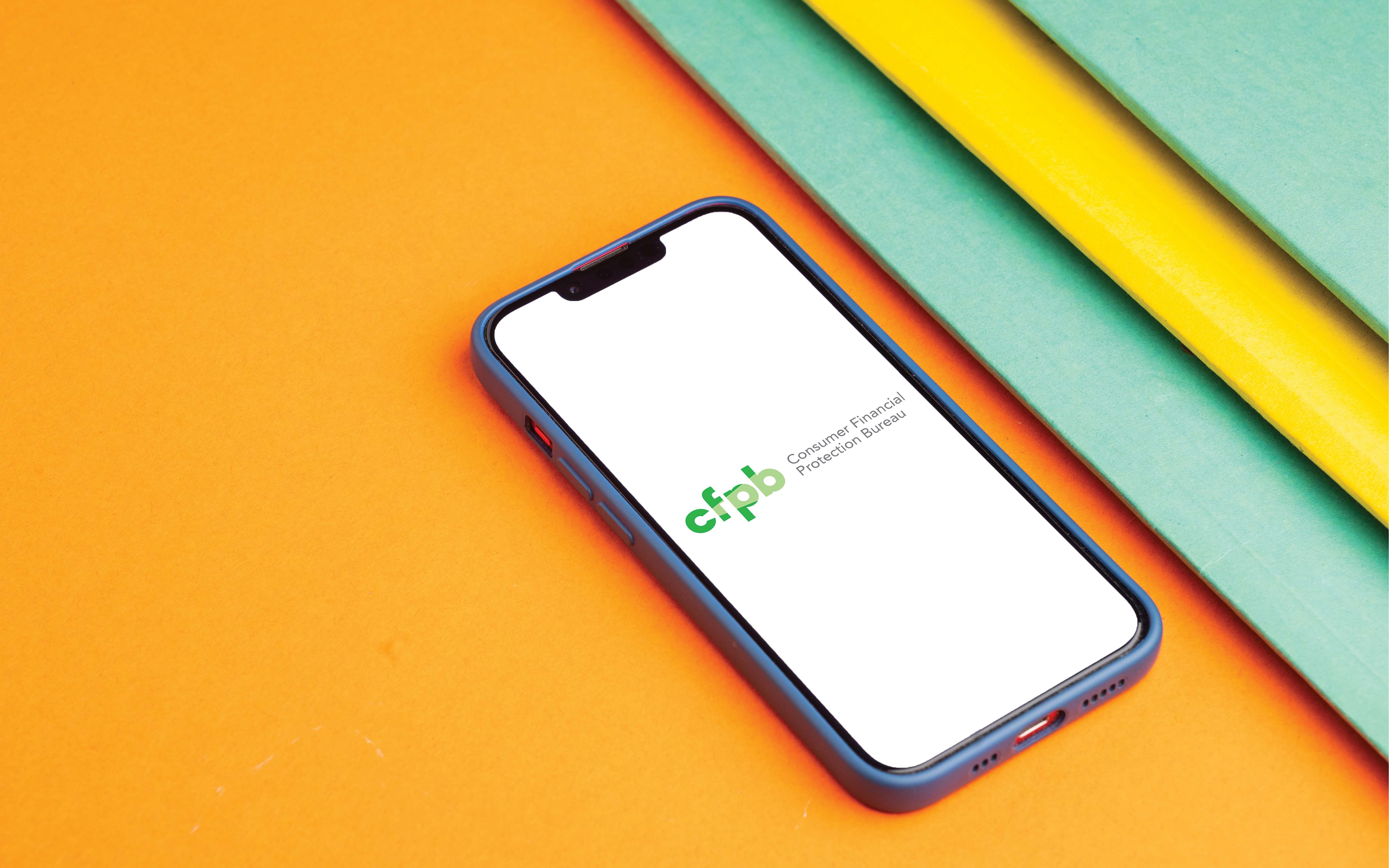Recent research has found that “friendly fraud” costs U.S. businesses more than $100 billion a year. But what is it, and what can we do to minimize its effects?
Put simply, friendly fraud happens when a customer identifies a purchase as fraudulent and disputes it, when it is in fact legitimate. Also known as “first-party fraud,” it has become increasingly common with the rise in e-commerce and a decline in cash transactions. In fact, it accounts for 75% of all chargebacks.
Friendly fraud can range from an innocent mistake to intentional deception. Sometimes, it’s transaction confusion. For example, a customer might not recognize a merchant name on a statement because the “doing business as” name differs from the name the customer is more familiar with. The customer impulsively disputes the payment, rather than taking the time to investigate it.
Essentially, chargebacks are being used as catchalls for any transactions customers don’t understand. Less innocent examples, however, include cases of buyer’s remorse, where customers claim their products never arrived or that the package was stolen upon delivery. In cases like these, customers often cite financial hardship and believe large companies can absorb the cost.
Friendly fraud, whether careless or intentional, is still fraud, and the chargeback process can be costly in resources for the merchant and the financial institution. The cost is usually, but not always, passed on to the merchant in chargeback fees. Banks can sometimes get caught in the middle of disputes, which is bad for relationships with both customers and merchants.
You can take steps toward preventing the impact of friendly fraud by talking to customers about the difference between fraud and a dispute and how to handle both. This can make a difference in who is liable: the card issuer or the merchant. Was their card information used without their permission? If they authorized a transaction, did they receive the goods or services? Was the product as expected? If not, would they like a refund? If so, they should contact the merchant for the return process.
Another step banks can take is to make sure that transaction descriptors in online and mobile banking are as clear as possible. For example, does the displayed merchant name match the name the customer is more familiar with? Provide as much information as possible, including a mapped location.
Educate business customers in keeping paper trails by using confirmation emails, package tracking, and proof of delivery. Suggest that they use multifactor authentication if they can. Great customer service also makes disputes less likely to occur.
Most friendly fraud is not illegal, because it’s hard to prove intent unless the customer is a repeat offender. However, there are avenues for disputing this kind of fraud. If card issuers have doubts about a claim, they can request a police report from the customer or indicate that they will file one, thereby creating a deterrent. Under Visa’s new Compelling Evidence Rule, merchants can also submit evidence of previous transactions to help identify friendly fraud.
Finally, all ICBA members are eligible for Fraud Loss Protection Plan (FLPP) enrollment, which is designed specifically for community banks. This helps recover losses from chargebacks due to disputed legitimate purchases. Visit icba.org/payments and click on “Fraud and risk mitigation” to learn more about this member benefit.






